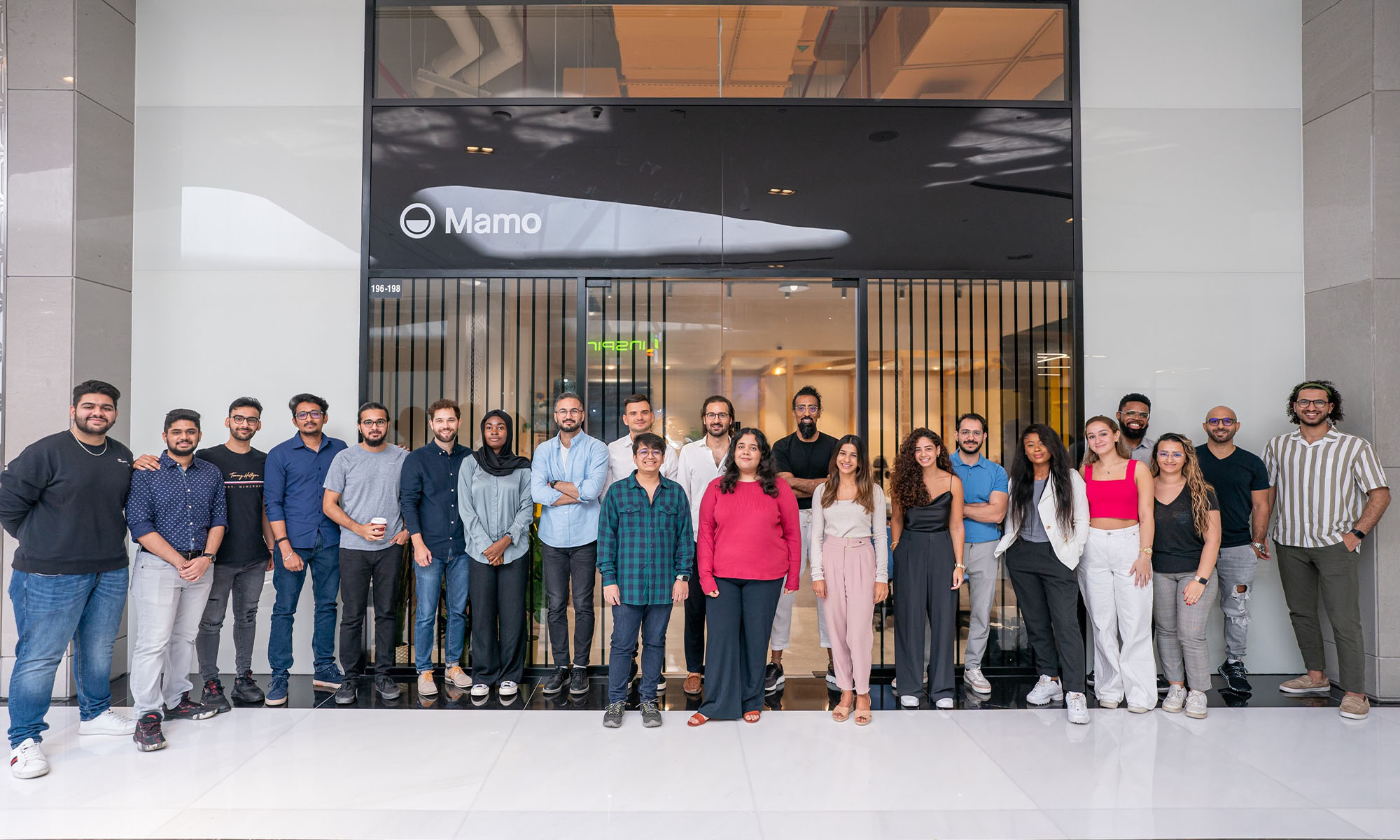News
Mobile Trends Shaping MENA In 2024
Explore the dynamic mobile trends shaping MENA in 2024, from the widespread adoption of 5G, to the rise of super apps, mobile e-commerce growth, the key role of affiliate marketing, and more.

The mobile industry landscape in the MENA region is evolving at an unprecedented pace, driven by technological advancements, changing consumer behaviors, and the ever-growing demand for connectivity.
As we delve into 2024, let’s explore the key mobile trends. Alexander Kryvosheiev, CEO of mobile performance network Mobmio, leveraged his experience of collaboration with hundreds of mobile apps to determine factors that are currently shaping the mobile landscape in this dynamic region.
5G Continued Adoption
Significant investments in infrastructure promise faster internet speeds, low latency, and enhanced connectivity. Countries like the UAE, Saudi Arabia, Oman, Kuwait, Bahrain, and Qatar have already rolled out commercial 5G services, with others, including Turkey, Jordan, Lebanon, and Iran, planning their implementation. Visionary development plans such as Saudi Arabia’s Vision 2030 and Qatar’s National Vision 2030 underscore the region’s commitment to digital transformation.
Rise Of Super Apps
Super apps are gaining prominence in the MENA region, offering users a comprehensive experience by integrating multiple services into a single platform. Going beyond traditional functionalities, these apps seamlessly combine messaging, e-commerce, ride-hailing, and more. Local and international companies are investing in the development and expansion of super apps, promising users a more integrated and efficient mobile experience.
Mobile e-Commerce Growth
E-commerce is experiencing significant growth in MENA, with mobile devices playing a central role. According to Mobmio’s data, mobile sales in MENA grew by an impressive 20% in H1 of 2023 YoY, with over half of all orders placed through mobile phones. Businesses are optimizing their platforms for mobile accessibility, and mobile payment solutions, including digital wallets and contactless payments, are gaining widespread popularity, aligning with the region’s push toward a cashless economy.
Affiliate Marketing Is The Key For App Growth And Monetization
Affiliate marketing emerges as one of the key instruments for app growth in 2024, providing a cost-effective means to expand an app’s reach. Collaborating with partners through platforms like Mobmio can lead to increased installs, higher user engagement, and potential revenue-sharing opportunities. The affiliate marketing channel also gives mobile apps an additional monetization stream. Mobmio estimates that global revenues of mobile partners grew by 20% in the first half of 2023 – and the second half of the year is expected to show even stronger growth in app revenue from affiliate sources.
Quality Of Traffic Matter
Both mobile applications and the brands are placing a heightened focus on the quality of traffic. In 2024, the development of proprietary anti-fraud systems or partnerships with contractors, such as affiliate networks and agencies, capable of addressing this concern, will be crucial for app owners.
Alternative Traffic Sources Gain Popularity
Alternative mobile traffic sources, such as messengers and TikTok, continue to gain prominence in 2024. The sales share through these platforms is expected to grow in MENA, and mobile applications are actively utilizing them to expand their user base. The high engagement levels and inherently mobile nature of these platforms provide nearly seamless user acquisition channels for applications.
The mobile landscape in the MENA region for 2024 is characterized by innovative trends that promise to reshape how individuals connect, consume content, and engage with digital services. From the widespread adoption of 5G to the rise of super apps and the surge in digital commerce, the MENA region is on the verge of a mobile revolution. As businesses and consumers embrace these trends, the mobile industry in MENA is set to play a pivotal role in shaping the region’s digital future.
News
Mamo Completes $3.4M Funding Round To Enhance Fintech Services
The startup will use the influx of cash to expand into Saudi Arabia and across the wider GCC while improving its product offering.

UAE-based fintech Mamo has announced the completion of a $3.4 million funding round that will help the startup extend its market presence and improve its product offering. Investors included 4DX Ventures, the Dubai Future District Fund and Cyfr Capital.
Mamo’s platform offers “payment collection, corporate cards and expense management” to help small and medium-sized businesses consolidate and streamline their operations. With the latest influx of capital, Mamo will further develop its comprehensive suite of services and begin testing its product lines in Saudi Arabia, further extending its footprint across the GCC.
Imad Gharazeddine, co-founder and CEO of Mamo, stated: “We’ve been in the market for a while now and are incredibly proud of what our team has achieved. The holistic and expansive nature of our product offering has helped us continue to grow sustainably. This additional funding will allow us to reach our medium-term goals even faster. The support from new and existing investors is a testament to our strong expertise and the ability to deliver on our customer promise”.
Daniel Marlo, General Partner of lead investor 4DX Ventures, added: “We have immense trust in Imad’s vision, leadership and Mamo’s innovative approach to provide a user-friendly and comprehensive financial solution for SMEs that makes financial management more accessible and efficient. We are proud to partner with them and support their mission”.
Also Read: A Guide To Digital Payment Methods In The Middle East
Amer Fatayer, Managing Director of Dubai Future District Fund’s investment team, also commented: “Mamo’s localized product lines serve as an infrastructure for SME payments and spend management in UAE, a segment that is underserved by the country’s current banking infrastructure. The team has taken a product-first approach to consolidating SMEs’ financial journeys and building a fintech solution deeply embedded in a business’s core operations”.
To date, Mamo has raised around $13 million in investment funding and now boasts a team of 30 people. The company’s intuitive financial services platform has allowed over 1,000 businesses to consolidate their financial operations and significantly reduce payment fees.
-

 News4 weeks ago
News4 weeks agoAmazon Prime Day 2024: Get Ready For 6 Days Of Amazing Deals
-

 News4 weeks ago
News4 weeks agoSamsung Unpacked 2024: What To Expect From The July 10 Event
-

 News4 weeks ago
News4 weeks agoCoursera Report Shows Surge In UAE Interest In AI Upskilling
-

 News4 weeks ago
News4 weeks agoMeet Dubai’s Groundbreaking Smart Robot Delivery Assistant










